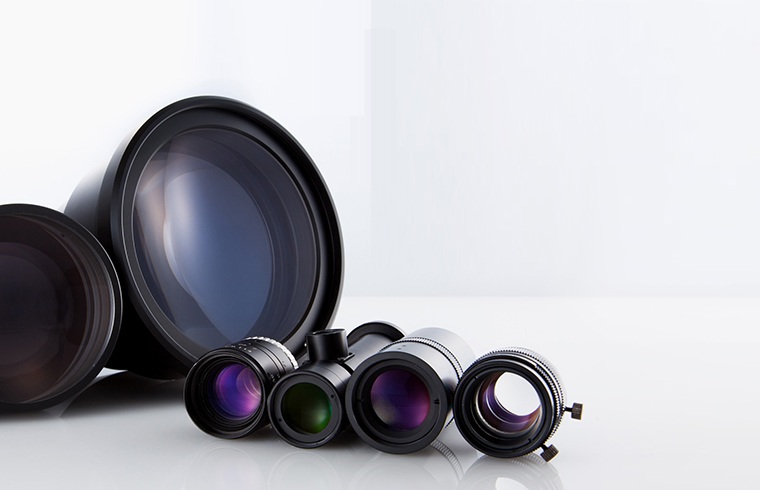Considerations for Choosing Machine Vision Lenses

There are many types of lenses provided by manufacturers on the market today. These lenses are suited for different functions, including the Qioptiq MeVis lenses. The availability of several lens types makes it hard for individuals to find the right brand for their intended purpose. This article outlines some considerations one should put in place when looking for lenses meant for machine vision purposes. Machine vision is the process by which machines capture, integrate, and interpret information in the form of images. The applications of machine vision range from industrial to non-industrial uses. The most common application of machine vision is photocopier machines. For manufacturers of equipment that require machine vision, the following should be considered when choosing a lens to use.
Sensor Size And Image Circle
The size of sensors in a machine determines the machine vision lens one chooses. Cameras used for area and line scanning have larger sensors when compared to cameras with lesser resolution. The dimensions of machine sensors are determined by the resolution and pixel size of the sensor. The image circle of a machine is described as the surface of the sensor illuminated by light transmitted from a lens. Therefore, the machine vision lens one chooses should match the diameter of the image circle to avoid the distortion of images.
Resolution And Pixel Size
The resolution and pixel size required for machine vision determine the lens one chooses. For high-resolution images, an individual should choose a high-resolution lens. The lens resolution determines the size of pixels to be resolved to a sensor. If the machine is to operate in areas with minimal light, the lenses need to be powerful enough to resolve low-intensity light for interpretation by the machine. Lenses with less capabilities to resolve radiation leads to the formation of blur images.
Application Of The Lens
Machine lenses are made for different applications. The lenses might be for industrial or non-industrial use depending on the machine in which they are installed. For machines used in an industrial environment, the lenses are heat resistant to withstand extreme temperatures in processing plants. Other lens applications include macro and Telecentric uses. Macro lenses are usually specialized to operate in small fields of view and are almost the same size as the sensors and are mostly used in cameras. Telecentric lenses are used in metrology. They are specially made to eliminate variations in the dimensional and geometric properties of images.
Other considerations when choosing machine vision lenses include the cost and availability of the lenses. If a machine is being assembled for sale, the cost of machine vision lenses should be affordable, depending on the retail prices. Readily available lenses make the assembly or manufacturing processes faster. In case of breakdowns, the lenses are easily found, minimizing time wasted for repairs.
Machine vision lenses need to be certified. The best way to guarantee the safety and durability of lenses is by purchasing them from accredited suppliers. One of the most trusted suppliers of machine vision lenses is Qioptiq, a subsidiary of Excelitas Technologies Corporation. The company is known for manufacturing Qioptiq MeVis machine vision lenses.





